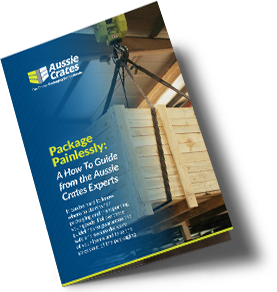To operate as timber and wooden packaging supplier in Australia, specific certifications are required. Here’s a quick explanation of the certifications we hold:
Please do not hesitate to call our expert team for further clarification on any of these terms.
Don’t wait until it’s too late, get the guide now!
